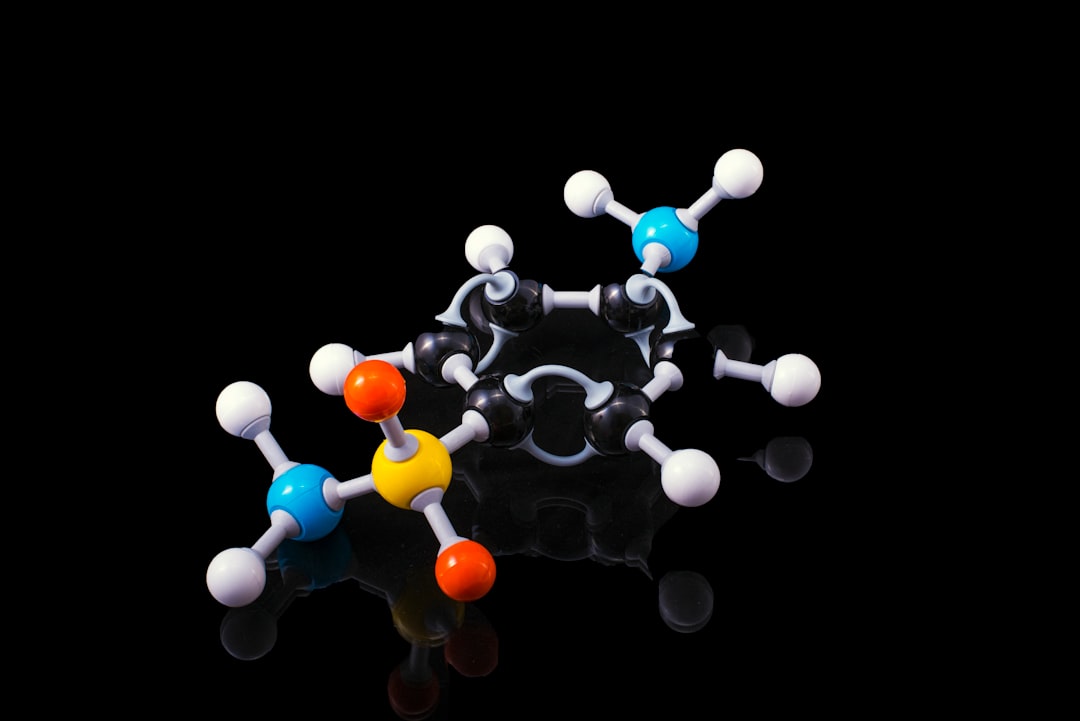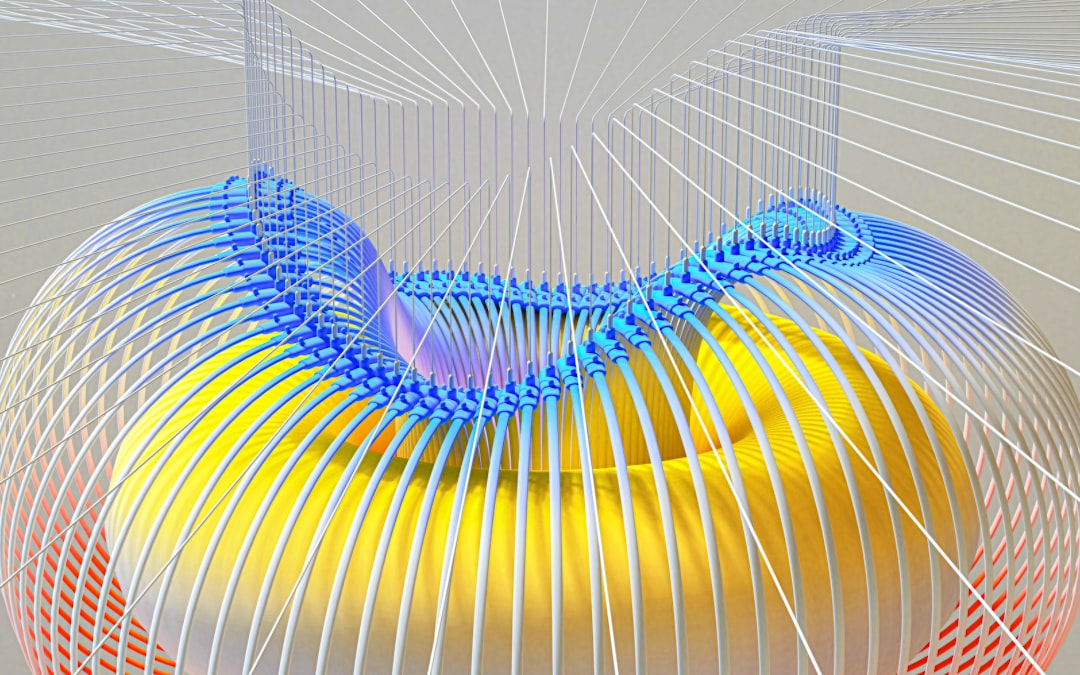What is it about?
The article discusses the conversion of CO2 into value-added products through a cold atmospheric plasma technique in a cylindrical flowing dielectric barrier discharge (DBD) reactor. We report the results of our experiments comparing the DBD reactor in burst mode, where an AC voltage is applied for a limited amount of time, with the pure AC mode. The effects are evaluated through the energy efficiency and conversion of CO2. We found that decreasing the duty cycle in the burst mode from 100% to 40% leads to an increase in the conversion from 16-26% and an increase in energy efficiency from 15 to 23%. Based on electrical analysis, we show that the conversion correlates with the features of the microfilaments. Moreover, the higher plasma voltage in the burst mode yields a higher electric field, increasing electron energy and involvement in the CO2 dissociation process, resulting in a higher CO2 conversion and energy efficiency. Then we investigate the influence of duty cycle on the electrical properties of the discharge, as well as the microdischarge properties, gas temperature, and current oscillograms. We show that the discharge appears stable in time, but this stability gradually vanishes with an increase in duty cycle. Finally, we compare the burst mode and the normal AC mode at the same delivered power, illustrating that the enhancement of the burst mode is not only attributed to higher peak power but also due to the microdischarge properties.
Featured Image

Photo by Marek Piwnicki on Unsplash
Why is it important?
This research work is important because it explores a potential solution for more efficient CO2 conversion, which is crucial in mitigating the effects of climate change caused by anthropogenic activities. The study focuses on using a cold atmospheric plasma to convert CO2 into value-added products, which is an area of great interest due to the increasing levels of greenhouse gas concentrations. The research compares the DBD reactor ignited in a burst mode and pure AC mode to evaluate their effect on the conversion of CO2 and energy efficiency. The findings show that decreasing the duty cycle in the burst mode leads to a rise in the conversion from 16-26% and energy efficiency from 15 to 23%, which indicates that the burst mode can be a more efficient method for CO2 conversion. The study provides insights into the electrical properties of the discharge, which can inform future improvements in the design of the reactor.
Perspectives
This technique has the potential to be implemented in large-scale industrial processes to reduce greenhouse gas concentrations and to produce value-added products. However, further research is necessary to optimize the operating parameters of the burst mode and to assess the scalability of the technique for industrial applications. Additionally, the use of other feedstocks for plasma-assisted catalysis, such as methane or nitrogen, could also be explored in future studies.
Dr Thierry Dufour
Read the Original
This page is a summary of: DBD in burst mode: solution for more efficient CO2conversion?, Plasma Sources Science and Technology, August 2016, Institute of Physics Publishing,
DOI: 10.1088/0963-0252/25/5/055005.
You can read the full text:
Resources
Contributors
The following have contributed to this page










